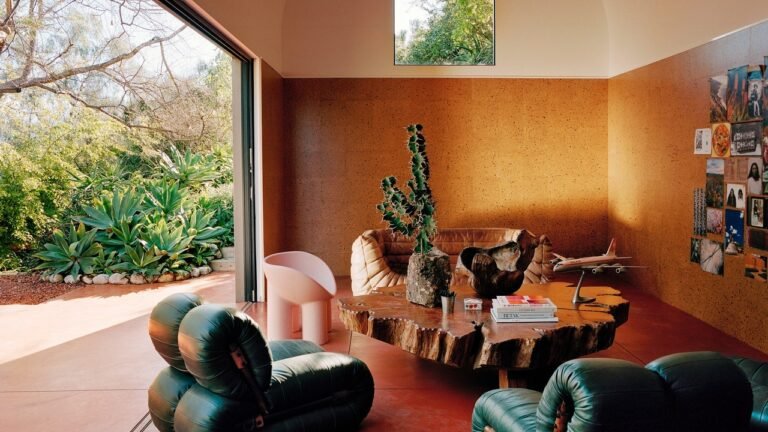The Huntington adds 320-year-old Japanese house to its permanent collection
The Huntington has just announced a centuries-old house imported piece by piece from Japan will debut next year in the institution’s Japanese Garden.
Six years ago, Yohko and Akira Yokoi of Los Angeles gave their 320-year-old family home in Marugame, Japan to The Huntington, an art museum, library, and botanic garden about 12 miles northeast of Downtown Los Angeles.

The home is a wood and stone shōya (magistrate) house that dates to the Edo Period. The Yokoi family served as shōya of their town in Kagawa Prefecture for generations. In their role, the family was responsible for recordkeeping and managing the community. Consequently, their home was the town hall and a center of village life. (Marugame has evolved from its village origins and is now a city of over 100,000 residents.)
In preparation for the move, representatives from The Huntington travelled to Marugame to study the 3,000-square-foot home with local architects and determine how to transport the structure’s interlocking posts, beams, and sliding wood panels across the ocean. Once the move was complete in 2019, the institution commissioned artisans from Japan to work with local experts to reassemble the building and recreate elements as needed.
When it opens in fall 2023, visitors will be able to look at the interiors of the Japanese Heritage Shōya House and stroll the surrounding two-acre compound complete with a garden and pond and sealed with a gatehouse entryway that references the original.

Sustainability will be a key component of the revamped complex, Gardens Cultural Curator and Programs Director Robert Hori noted.
“We aim to present a working model of Edo period permaculture and regenerative agriculture,” Hori said, in a statement. “It represents real-life circumstances: An authentically constructed Japanese house using natural materials will demonstrate how a community became self-sufficient. Emphasis was placed on reducing waste and repairing items so they could be reused or repurposed. Visitors will see how the Japanese village represents a useful intersection of humans and nature.”



